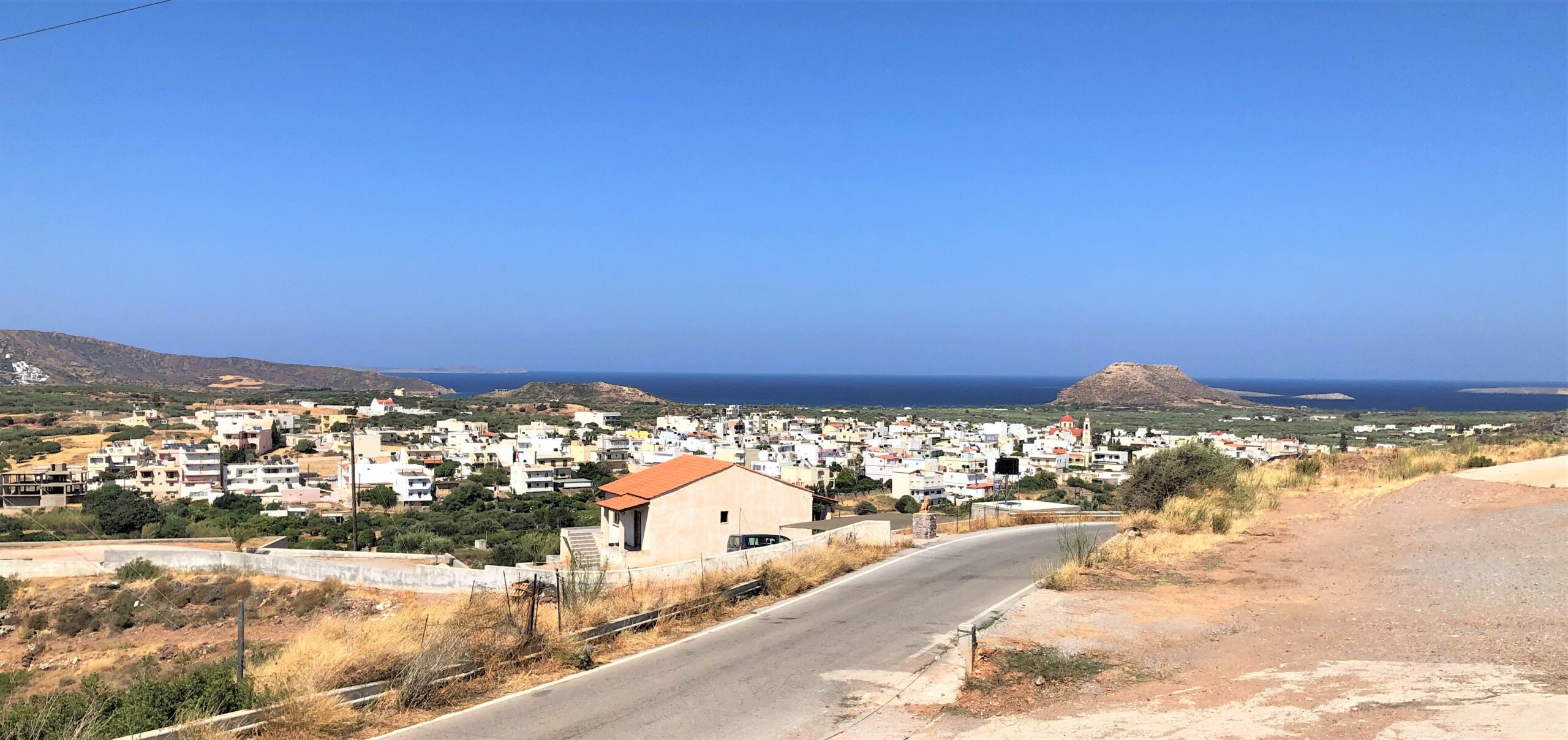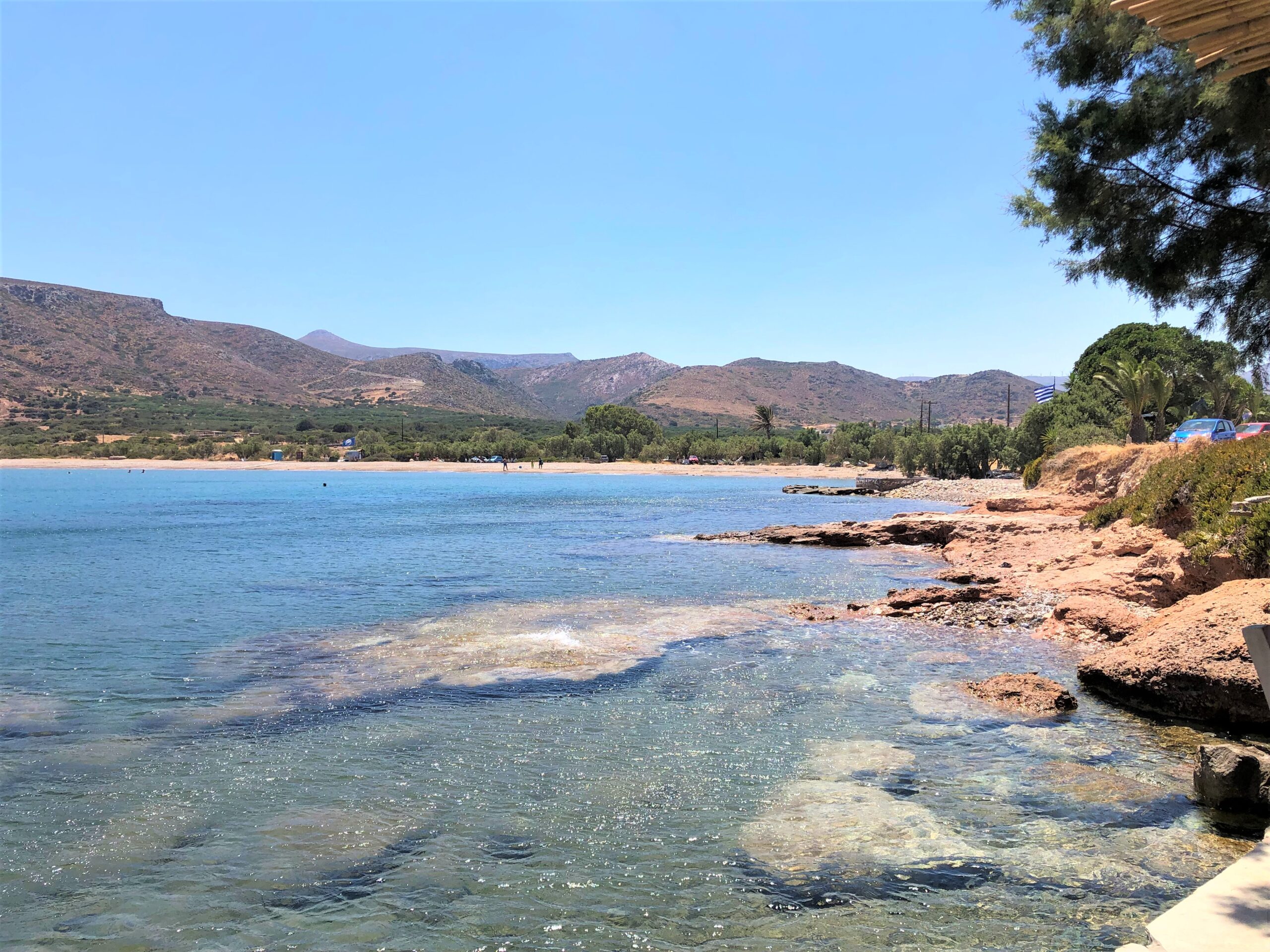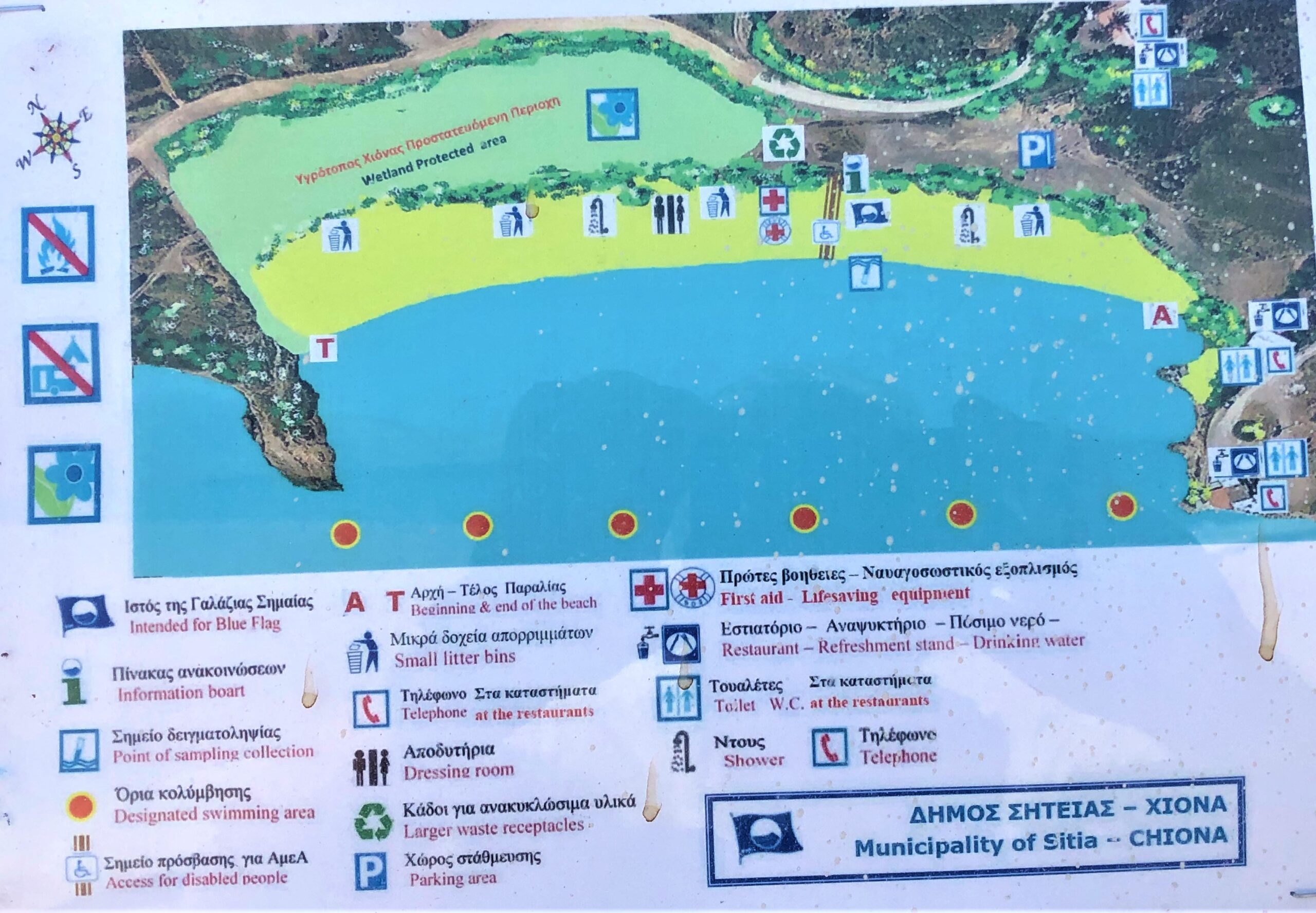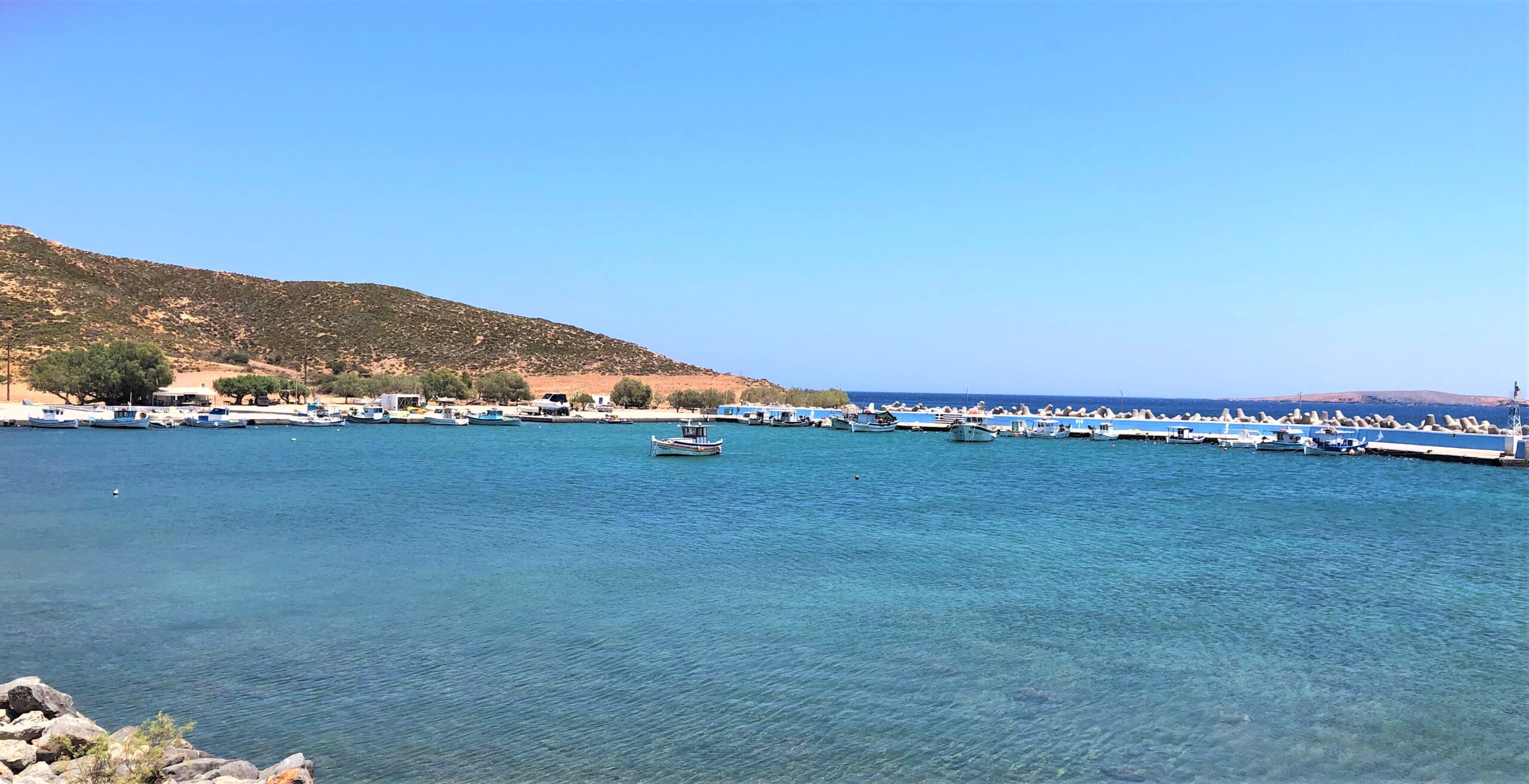Palekastro: a visit to the Minoans


If you go from the town of Sitia to travel by car along the Geopark of the same name, the road will lead you after 19 km to Palekastro (Palaikastro): the largest village in the municipality of Sitia with a surrounding population of about 1300 people living quietly and calmly, growing olives and grapes and … keeping the memory of the past.

On the eastern outskirts, there is Kastri hill (Καστρί) with the remains of Paleo Castro (Old Fortress) of the Venetian period: it has given the name to the settlement. 2 km away from it, next to the beach of Chion – you will see the ruins of the ancient Minoan city of Roussolakkos with the remains of the sanctuary of Diktean Zeus. Researchers say that it is perhaps the only large trading settlement of the Minoan period that has remained intact (Google Map coordinates: 35.19610653765839, 26.27579208245787): the harbor, some buildings, sanctuaries, etc. have been preserved under sediments accumulated for more than 2000 years. The ancient authors say that it was the young Zeus, born in Crete, who founded here a city that rivaled in importance with Knossos; and it was near this coast that the Argonauts encountered the bronze Talos, the guardian of Crete.

Modern Palekastro also has something to offer tourists. The Church of the Holy Trinity in the center of the village cannot boast of its venerable age, but its bell tower with a clock will surprise you: a rarity for Crete. Nearby is the square with a fountain and an unusual sculptural composition: one of its parts is a figurine of a Minoan youth, a copy of an artifact found in an excavation nearby. The original figure, which is kept in the Archaeological Museum of Sitia, is called a masterpiece of Minoan art: it was made of ivory and gold, assembled from eight parts, fastened with wooden dowels.

If you want to know how the Cretans lived from the time of the Turkish occupation to the middle of the 20th century, you should visit the Museum of Folk Art with full immersion in the atmosphere of a traditional Cretan house.
Of course, there are small hotels in Palekastro as well as taverns and coffee shops, where you can refresh yourself before to head next.

If you go north from Palekastro, you reach the famous palm beach of Vai in 15 minutes, and a little further are the excavations of the ancient city of Ethan or Itanos mentioned by the ancient Greek historian Herodotus. Itanos was one of the most important port cities of Eastern Crete during Greek, Roman and Byzantine times, and also one of the few that minted its own coins. After one of the strongest earthquakes, most of the city went under water, so excavations are carried out only in a small area on land (Google map coordinates: 35.27071816207642, 26.262273749168987).

2,5 km east of Palekastro are spacious sandy and pebble beaches of Chiona and Kouremenos, which are especially loved by surfers. On the edge of Kouremenos, there is a rather large enclosed harbor, where some dozens of fishing boats of residents are moored. A part of Chiona Beach forms a coastal wetland, a nesting and resting place for migratory birds during the winter-spring period. In the summer, it dries up completely. The place is fenced and considered a protected natural monument

These beaches are not as crowded and equipped as the famous tourist beaches of Crete like Vai Beach, for example, but they are quite cozy; and on the shore you will always find a place where you can safely park, swim in crystal clear water, and then have a bite to eat in one of taverns.
By the way, moving towards the beaches you will see the plantations of the now fashionable agricultural crop on the island – aloe!